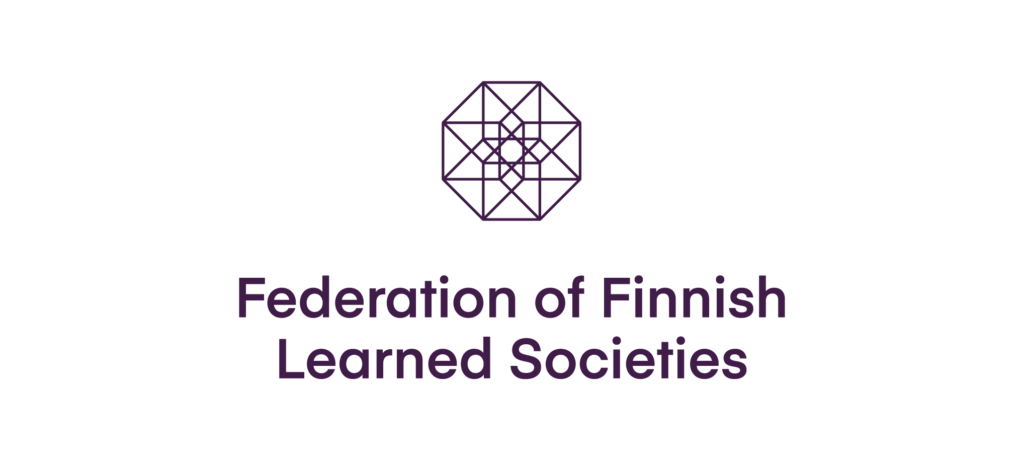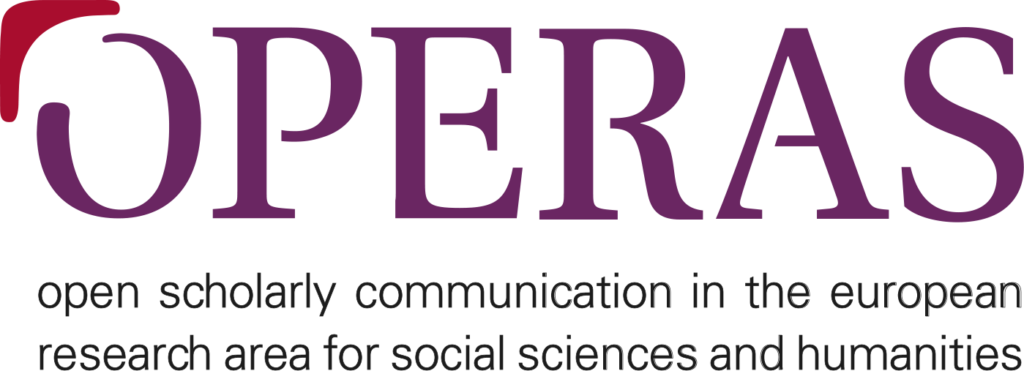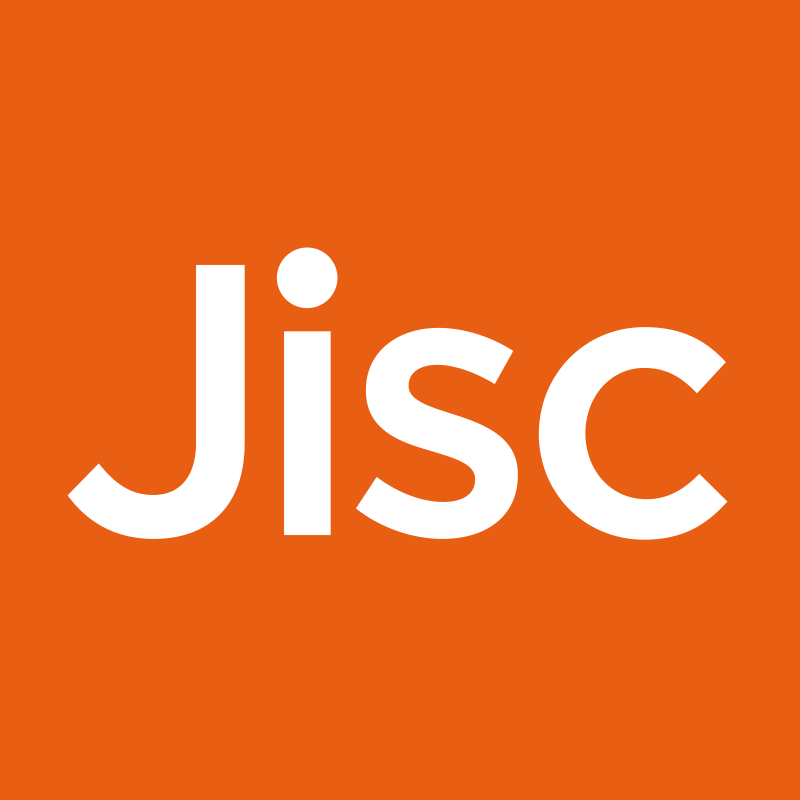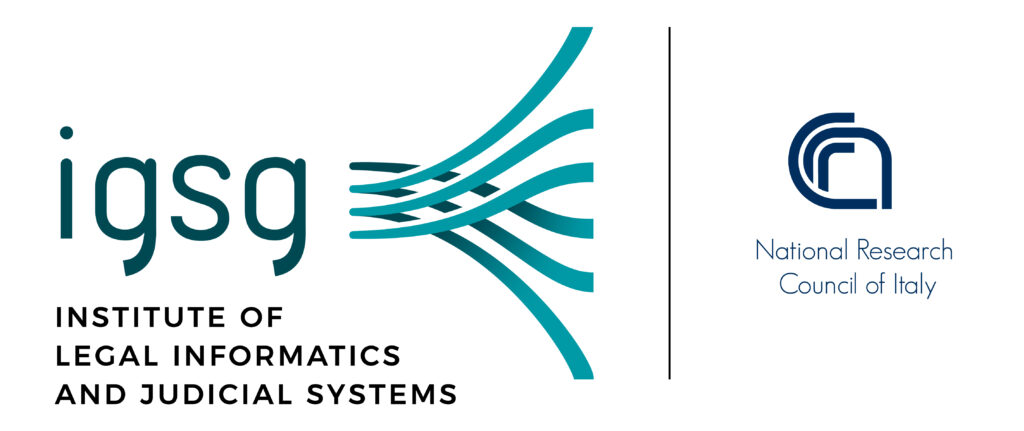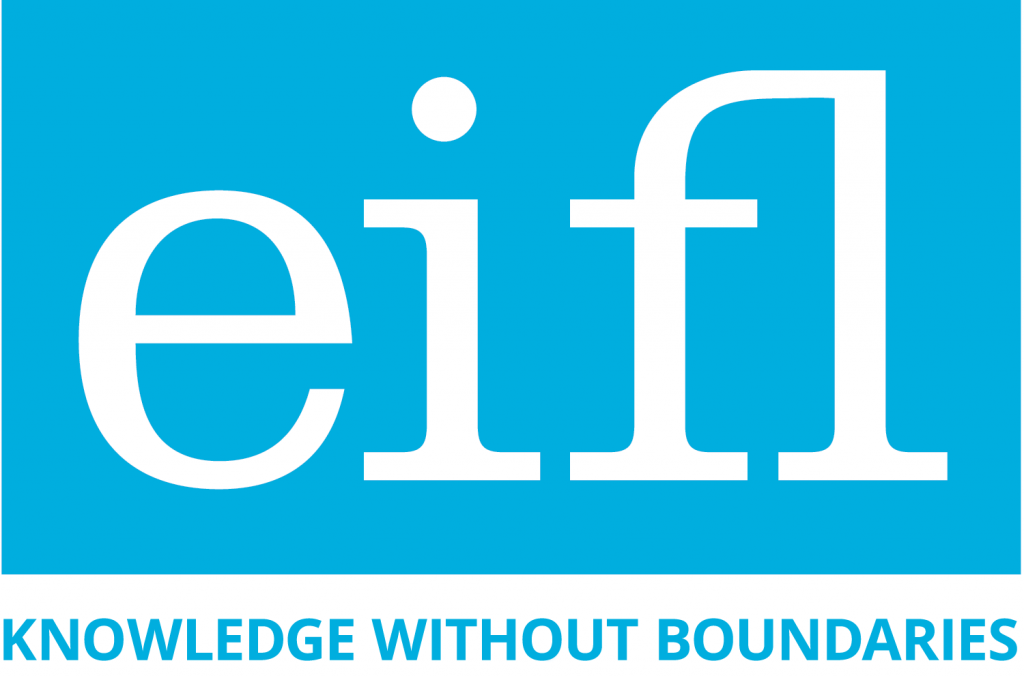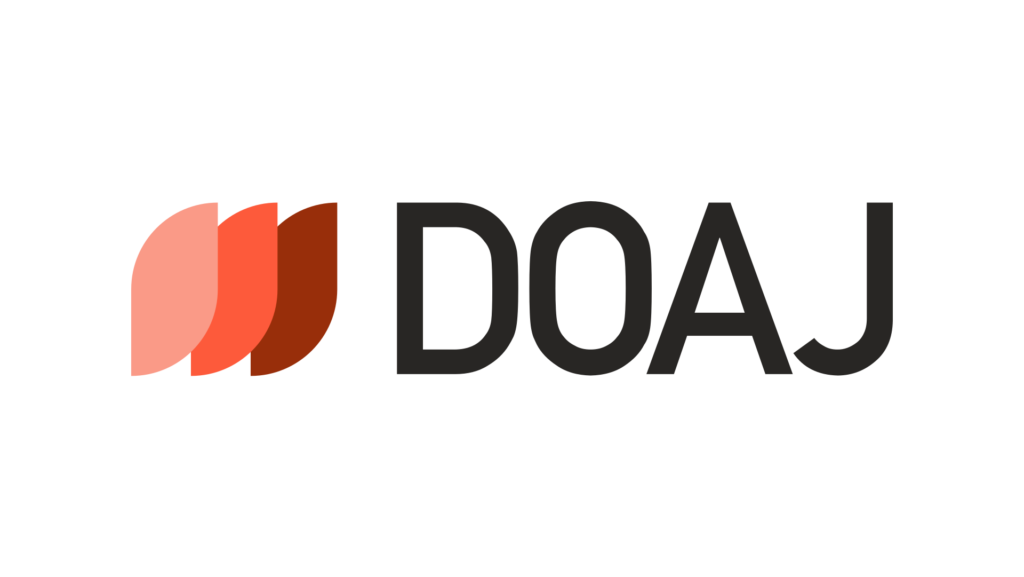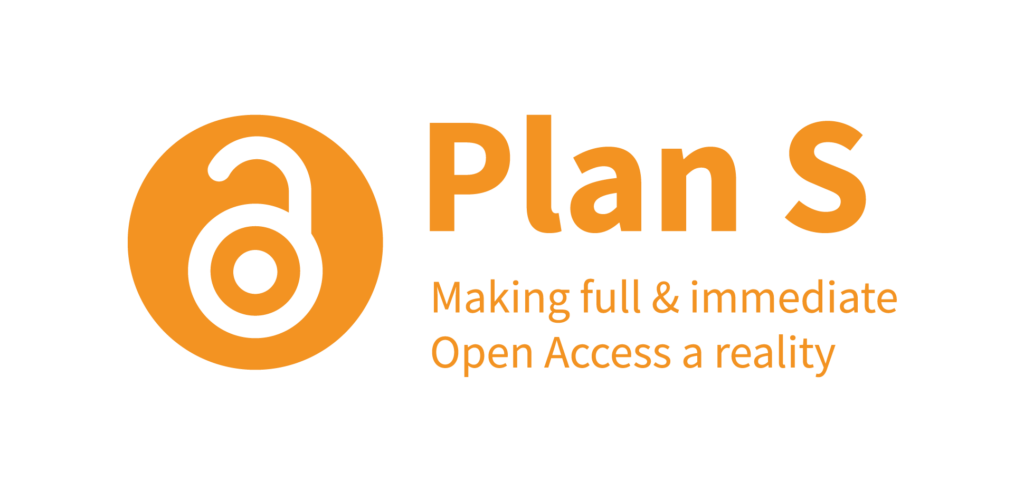Explained: What are Institutional Publishing Service Providers (IPSP) and why are they important for DIAMAS?
The DIAMAS project will map and understand institutional publishing in Europe to raise academic publishing standards, improving quality and sustainability for this sector.
But what do we mean by institutional publishing? How does it differ from other publishing models? What are institutional publishing service providers? Where does Diamond Open Access come into this picture? And why is DIAMAS trying to understand and support this form of scholarly communication? Here, we’ll take a look at these questions and explain the concepts at the heart of DIAMAS.
What does DIAMAS understand by Institutional Publishing?
In the DIAMAS context, ‘Institutional Publishing’ refers to academic publishing by an institution, unit, or team that is part of an institution. An institution is defined as an academic organisation or unit whose main mission and scope is to perform, fund, or promote the practice of research and scholarship. Examples of (academic) institutions are research performing organisations, research funding organisations, learned/scholarly societies, (national) academic and not-for-profit foundations, including academic communities and (groups of) editors owning journals. Typically, institutional publishing is not-for-profit, and revenues revert to the institution.
This definition distinguishes institutional publishing from commercial publishing. Commercial publishers operate on a for-profit model, frequently using subscription charges, transformative agreements, or author processing charges (APCs) to generate revenue for the company or its shareholders. Institutional publishing does not necessarily rely on these mechanisms to sustain their publishing activities.
What is an Institutional Publishing Service Provider (IPSP)?
Scholarly publishing requires many types of services, such as copyediting, registration of DOIs, typesetting, and the provision and management of article submission portals, just to name a few. These services are sometimes performed by a single publishing entity, or they can be outsourced to other service providers.
For example, a university library may host a journal on their platform, providing a service in support of a publishing function that is under the responsibility of another unit. Some institutions also outsource some of the publishing functions (such as typesetting, copyediting, printing) to for-profit companies who provide a service without carrying the final responsibility for the entire publication process.
DIAMAS has introduced the term Institutional publishing service provider (IPSP) for any entity that provides or coordinates a set of services for institutional academic publishing to the academic community.
Two complementary types of IPSP can be distinguished: Institutional Publishers (IPs) and Service Providers (SPs). Both types can be integrated in a single IPSP.
(1) Institutional Publishers (IPs) have (at least) ownership of publishing titles/assets, decide on governance of these titles/ assets, or have editorial responsibility for their publishing titles. In other words, IPs have legal, ethical, or scientific responsibility for academic publishing, irrespective of whether they also have editorial control over what is published.
(2) Service Providers (SPs) are commercial or noncommercial entities inside or outside the institution that provide specific services to IPs. SPs have limited responsibility for specific activities in the publishing process. Such activities include, but are not limited to: (a) editorial activities (selection of manuscripts, peer-review, etc.); (b) operational activities (production activities like copy editing, proofreading, type-setting, creating metadata, IT activities, communication activities (marketing/dissemination, social media, etc), as well as administrative and financial activities (contracts, accounting, documentation, etc.). This video illustrates the various SPs that support publishing activities.
The interactions between IPs bearing final responsibility for academic publishing, and SPs that deliver specific services to them, are complex, varied, and often blurred. Thhe below video explains how IPs and SPs are related.
DIAMAS will survey IPs and SPs to better understand the European landscape, creating a clear picture on how they operate and their publishing policies.
What links IPs and SPs to Diamond Open Access (OA)?
Institutional publishers sustain their operations in numerous ways, and do not rely on the same forms of revenue creation that a commercial publisher does. For this reason, we know that IPs often publish using the Diamond OA model, at no cost for readers or authors.
The urgency of Open Science makes Diamond journals particularly important since they enhance access to research for readers, and remove barriers for authors hoping to share their work. In addition, they ensure diversity in the scholarly communication landscape, giving authors different routes to publish their work. Several studies have shown that Diamond journals better support language diversity and bibliodiversity of scholarly research. For this reason, DIAMAS will pay particular attention to IPs operating with a Diamond publishing model.
Why do IPSPs need support and how will DIAMAS do this?
Despite the value of Diamond journals and their importance in promoting Open Science, the landscape of IPSPs is fragmented. There is a demonstrable need to promote standardisation and adoption of best practices. Many journals face sustainability issues due to funding gaps and a reliance on voluntary work.
The DIAMAS project will create guidelines and recommendations for IPSPs to help raise standards within the institutional academic publishing sector. The DIAMAS project will also lay the foundation for a Capacity Centre that will provide toolkits, recommendations, standards and sustainable solutions for Diamond Open Access publishing. This should help Diamond Open Access journals become appealing, sustainable, and flourishing publication venues, ensuring diversity in scholarly communication.












